On-page Optimization includes the practice of web page optimization to get a better rank in the SERP. Hence to increase the organic traffic to your website. On-page optimization concentrates more on the exact match keyword in the title, meta description, and contents of the web page. A web page is having two sections head section and body section.
Head section Optimization
The Head section of a web page has the URL, title, and meta description. it's very important to optimize your head section. Proper optimization of the head section can boost your ranking in SERPs. In the URL of the web page always tries to include the focusing keyword. So the search engine can easily crawl the URL and store it to the correct database. The next part to be optimized is the Title of the web page.
If we search for any query there will be a no of results in SERP, Snippet is the single result in it. Generally, a snippet consists of a URL, title, and Meta description of the page. The focusing keyword of your search will be there in the snippet and it will be highlighted in the description.
SEO Title Optimization
In order to rank well SERPs, you need to optimize your web page titles for the search engine. A well written and relevant title for a web page is very important to get the attention of users. An optimized title can increase the traffic to your web pages. The title of the web page is very important since it's the primary factor that the search engine uses to determine whether or not your web page is relevant for the search query. To get organic traffic to your website you should focus on the title tags, which actually the HTML format of your title seen on the SERPs. Try to include the focusing keyword in the title. The title should provide a clear idea of the contents on the web page so that the search engine can rank you better. So it's very clear that if you want to get a higher ranking on SERPs you should focus on title tag optimization.
Dos & Don'ts of Title Optimization
The title of a web page is the major factor to get more organic traffic hence getting a higher rank in SERPs. So while writing a title it is very important to avoid any mistakes that can affect the reach of your website to the relevant audience. Don't make any spelling mistakes, grammar mistakes, and not acceptable abbreviations. As per Google guidelines of title optimization never use full capital letters or full small letters while writing the title. like that title shouldn’t be either too long or too short. It's advisable to use a maximum of 55 to 60 characters to write the title of a web page. Pixel width is also very important if the pixel width is more than 512 pixel then the title can't be displayed completely but it may show incomplete words on SERPs. If you choose a very short title for your web page then the Google search engine may not be able to store the web page in the correct database. So never use less than three words to write the title of your web page. Google may not be able to fetch good quality content from your title because of that you may lose a relevant audience. By optimizing our web page we are intending to get a higher rank in SERPs. Actually, we are competing with other web pages having the same keyword to rank higher in SERPs, but if we gave the same title for two inner pages of our website then it may result in cannibalism between the pages. So in order to avoid the fight between our two web pages always use Unique Titles to the web pages. If we didn't give any title to the web page then Google may show H1 or H2 of the body portion of our web page. Always try to write impressive Title, since it's very beneficial to get more click through reach of your website. When we submit our web page to the Google search engine, Google search console will show some errors of our web page in HTML improvements of the search console. So we can correct it and again submit to the Google search engine. by doing all the optimization practices we are actually helping Google to easily crawl and keep it to the correct database hence to show our web page for the query of relevant users.
Meta Description Optimization
Elements to consider while writing Meta description
Body Portion Optimization
Content Optimization
The content of a web page is any piece of information provided on the website, that can directly affect the ranking of the web page. The website should always be a user-friendly type to get organic traffic to the website. The web page has a rich content can rank higher in SERPs if it’s optimized correctly. Always try to write simple sentences not exceeding 20 words and use understandable phrases. Each sentence should end with a full stop and give a space after full and coma. If we followed it correctly the web page can simply score higher in the reading easiness test of Google search engine. Either on the first or the second sentence of the content try to include the focusing keywords.
Keyword Optimization
It’s very crucial to discover, research, analyze, and select the correct search engine keyword to the website. The selection of the best keyword for your page is very important, if you do a wrong selection then your entire effort will be in vain. Keywords play a major role in organic traffic and in PPC. Keyword optimization is the toughest part of SEO since optimizing keyword is not the practice you only do all the webmasters out there is doing the same. To get the maximum reach of the website you need deep researches on the target keywords. By choosing a correct focusing keyword we are intending to get qualified traffic from search engines. Our keyword selection focuses on the exact match of the query of the users. A good quality content along with focusing keyword will help to index higher in SERPs.
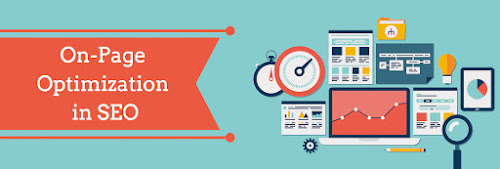
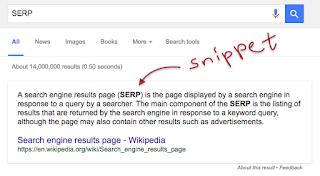
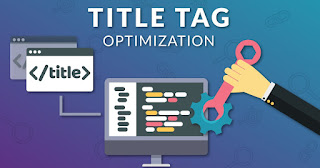

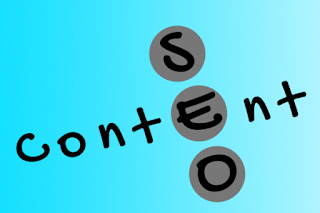

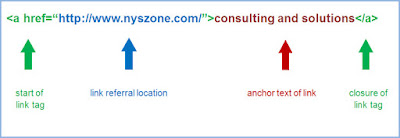
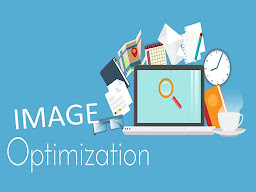
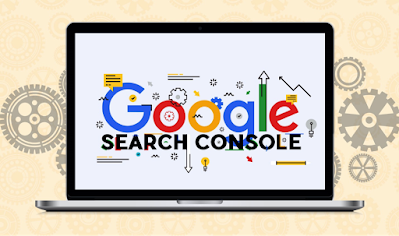



No comments:
Post a Comment